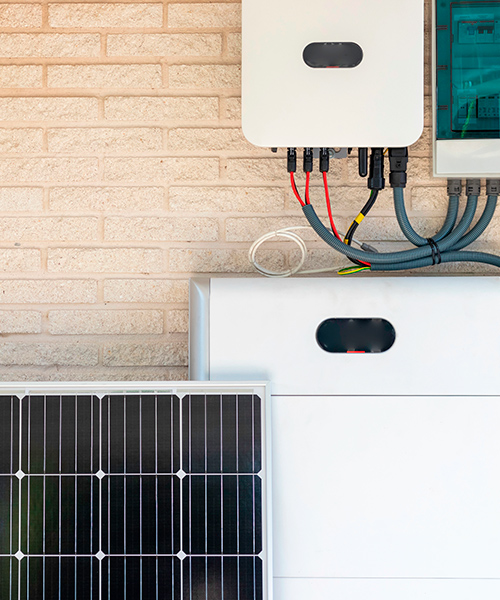Renewable energy generation
Renewable energy generation
Solar shingles harness solar energy, an endless and sustainable energy source, which reduces Greenhouse Gas emissions (GHG).
Contribution to the environment
Contribution to the environment
The use of solar shingles contributes to the preservation of the environment by reducing the carbon footprint and promoting sustainable energy practices.
Increase in property value
Increase in property value
Installing roof tiles with solar panels increases the value of a property by adding a renewable energy source, making the home attractive to buyers.
Decentralized power generation
Decentralized power generation
Solar shingles offer the capacity to generate their own electricity, which contributes to the energy independence of homes.
Subsidies
Subsidies
In some regions there are tax incentives that help reduce the cost of installing photovoltaic shingles, making the investment more affordable.
Durability
Durability
Solar shingles on the roof are designed to resist adverse weather conditions, which translates into a prolonged useful life.
Aesthetics
Aesthetics
Solar shingles have been carefully designed to blend in with conventional roof tiles without compromising their visual appearance on any building.
Long-term savings
Long-term savings
Although the initial investment can be expensive, photovoltaic shingles generate significant savings in electricity costs.




.jpg.transform/rp-rendition-sm/image.jpg)

